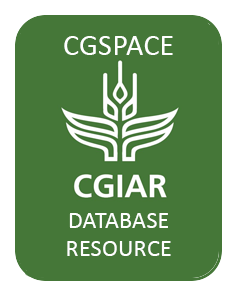Agroecological transitions in value chains: Main findings, challenges, and opportunities for the agroecological transition of the value chains in the agroecological living landscapes
This report summarizes the main findings and insights obtained from the various agroecological value chain analyses conducted in the different Agroecological Living Landscapes (ALL) that take part of the CGIAR Agroecology Initiative (AE-I).
The document includes a synthesis of 10 value chains analyses in specific subregions from 6 countries, which represent a wide range of political, agroecological, socioeconomic and cultural conditions: a dairy value chain in Burkina Faso;

